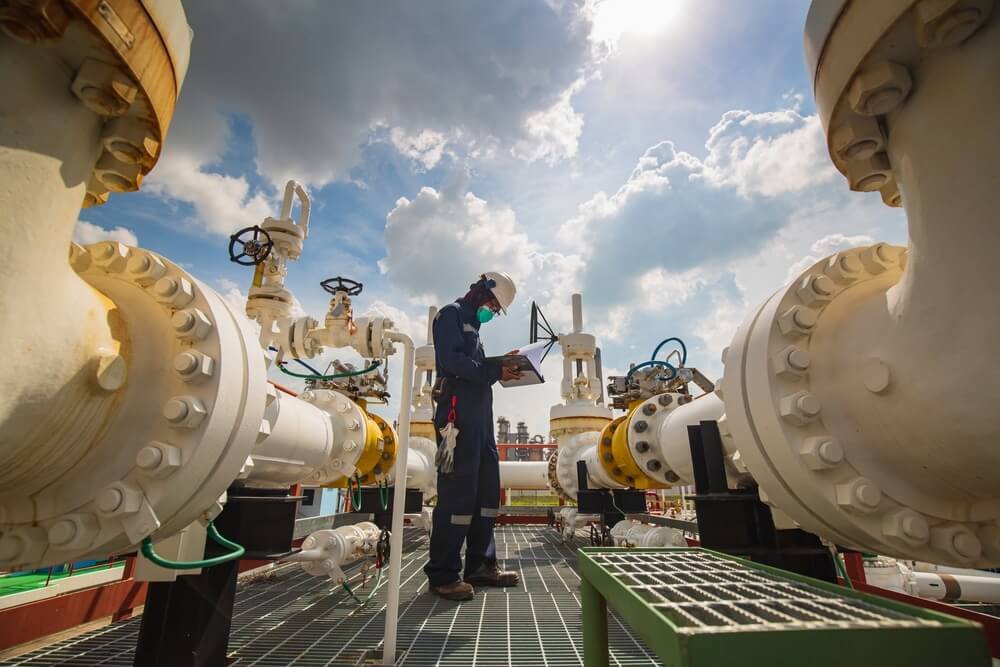
Primary Gas Prices Falling Bring Relief to Businesses
Gas prices are plummeting, and the world is taking notice. It’s a welcome change from the rollercoaster of soaring prices in recent weeks. The recent resolution of a labour dispute in Australia has led to a significant drop in primary gas prices, bringing relief to businesses worldwide. We will delve into the recent developments that have caused this dramatic shift and explore how this decrease in gas prices falling is impacting businesses.
A Breathtaking Drop
The rollercoaster ride that gas prices have taken us on in recent times is enough to make anyone dizzy. However, the news of a labour dispute resolution in Australia has brought a breath of fresh air. The benchmark natural gas prices in Europe and the UK saw a significant drop following Chevron’s agreement with trade unions, which led to the cancellation of strikes at two major LNG export facilities in Australia. The front-month futures at the Dutch TTF hub, serving as the benchmark for Europe’s gas trading, tumbled by 1.8% to $40.87 (38.39 euros) per megawatt (MWh). The equivalent UK wholesale gas price also followed suit, plunging by 3.3%.
Businesses Rejoice: Relief for Business Gas Prices
Businesses have been grappling with soaring gas prices for months. The relentless fluctuations were taking a toll on their bottom lines, forcing many to consider cost-cutting measures. However, the recent decline in gas prices is a cause for celebration. This dip offers respite to businesses that have been reeling under the pressure of rising operational costs. The relief provided by this decline in business gas prices is palpable.
The culmination of a lengthy and persistent campaign by the Offshore Alliance for improved pay and enhanced working conditions at major LNG sites in Western Australia has been marked by the recent deal. Notably, an agreement reached in 2022 with Japan’s Inpex at its Ichthys LNG operation served as a pivotal benchmark for subsequent negotiations with industry giants such as Shell (LON: SHEL), Woodside, and Chevron.
Shell, having weathered a gruelling two-month strike at the Prelude floating LNG site in the past year, ultimately struck an agreement. This strike ordeal came at a considerable cost, amounting to approximately $1 billion in lost exports for the company.
Offering insights into the situation, energy analyst Saul Kavonic indicated that the Chevron deal is expected to quell most of the industrial action occurring offshore Western Australia. Union agreements, typically spanning around four years, are now firmly in place for the majority of offshore LNG sites.
The Perfect Storm of Factors
The dramatic drop in gas prices can be attributed to a perfect storm of factors. The labour dispute in Australia was a significant trigger, leading to strikes being called off at two major LNG export facilities. These facilities, Gorgon and Wheatstone, account for more than 5% of the global LNG supply. The resolution of the labour dispute has subsided the risks of disruptions in gas supply from Australia, which, in turn, has contributed to the fall in gas prices.
In addition to the labour dispute resolution, lower pipeline flows from Norway due to maintenance and glitches at large U.S. LNG export facilities have added to the recent volatility in European gas prices. The huge Troll gas field in Norway, after an extended period of maintenance, has now resumed production and is increasing flows to Europe. These developments collectively have paved the way for the cheap gas prices that businesses are currently benefiting from.
Looking Ahead: Gas Price Predictions
With the recent turn of events, businesses are cautiously optimistic about the future. The question on everyone’s mind is whether this trend of gas prices coming down will continue. While it’s challenging to make precise gas price predictions, experts suggest that the resolution of the labour dispute in Australia has created a more stable environment in the short term. However, the global energy landscape remains uncertain, and external factors can always come into play.
The recent drop in primary gas prices falling has brought much-needed relief to businesses grappling with soaring operational costs. The resolution of the labour dispute in Australia, along with various other contributing factors, has led to this welcome decline. While it’s difficult to make concrete gas price predictions, the current situation offers a glimmer of hope for businesses. As they continue to navigate the ever-changing energy landscape, this respite couldn’t have come at a better time. For now, businesses are riding the wave of falling gas prices, and they are hoping it’s a trend that will last.



